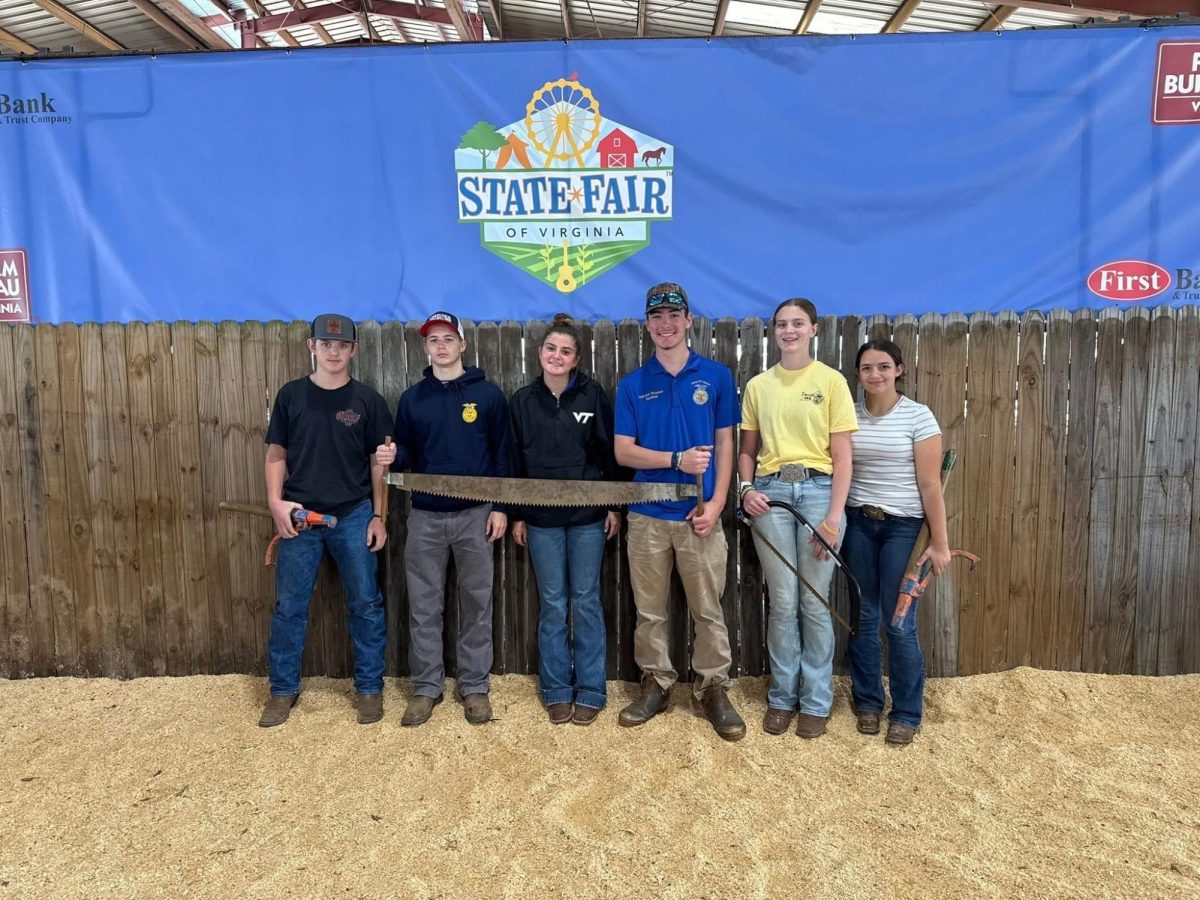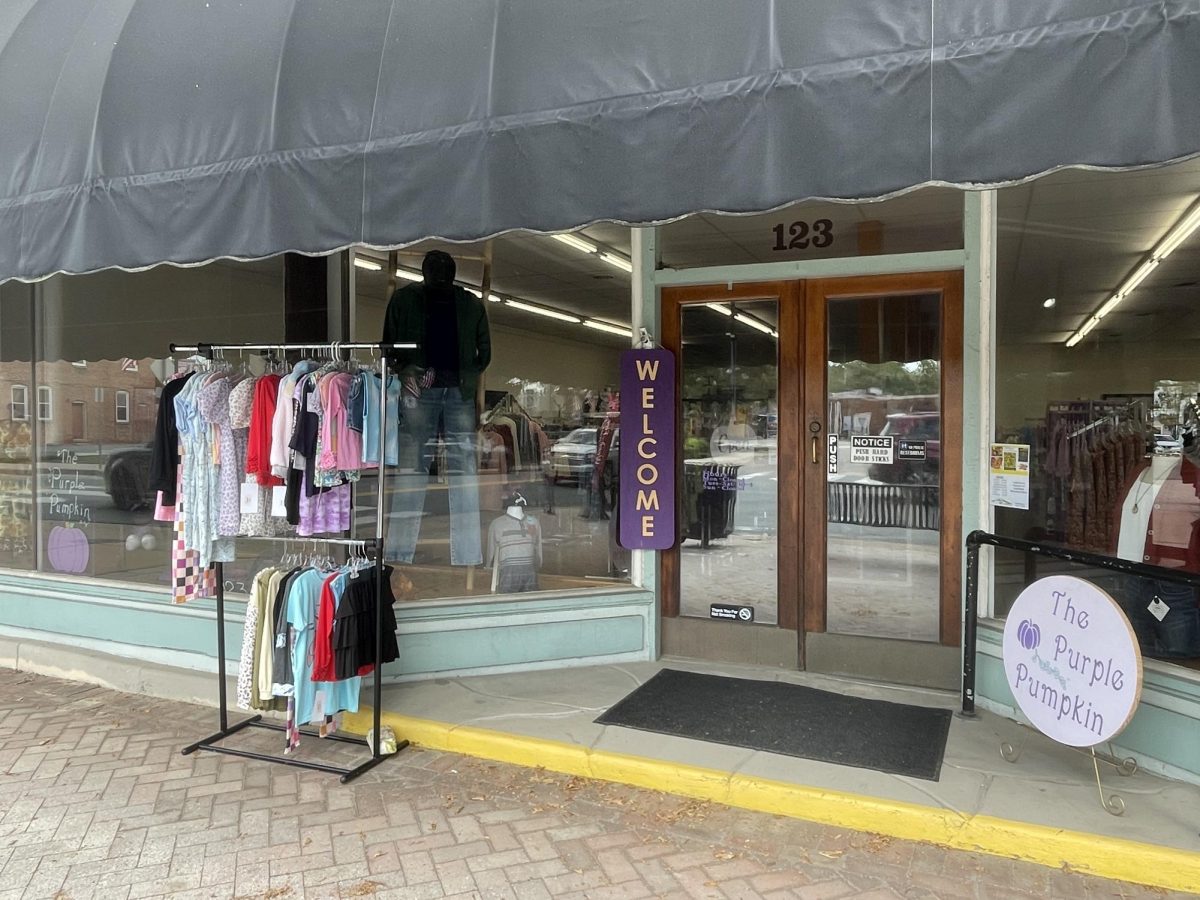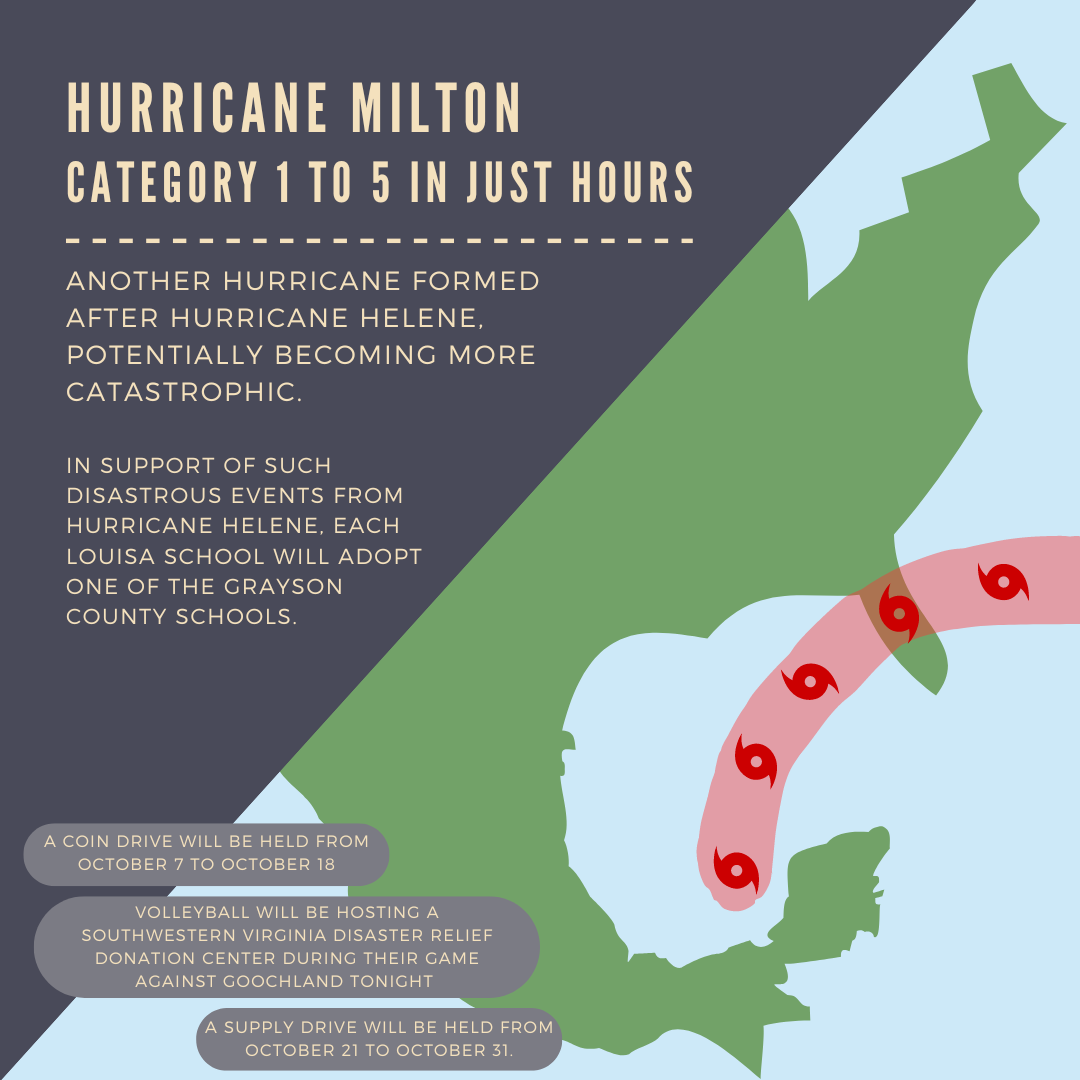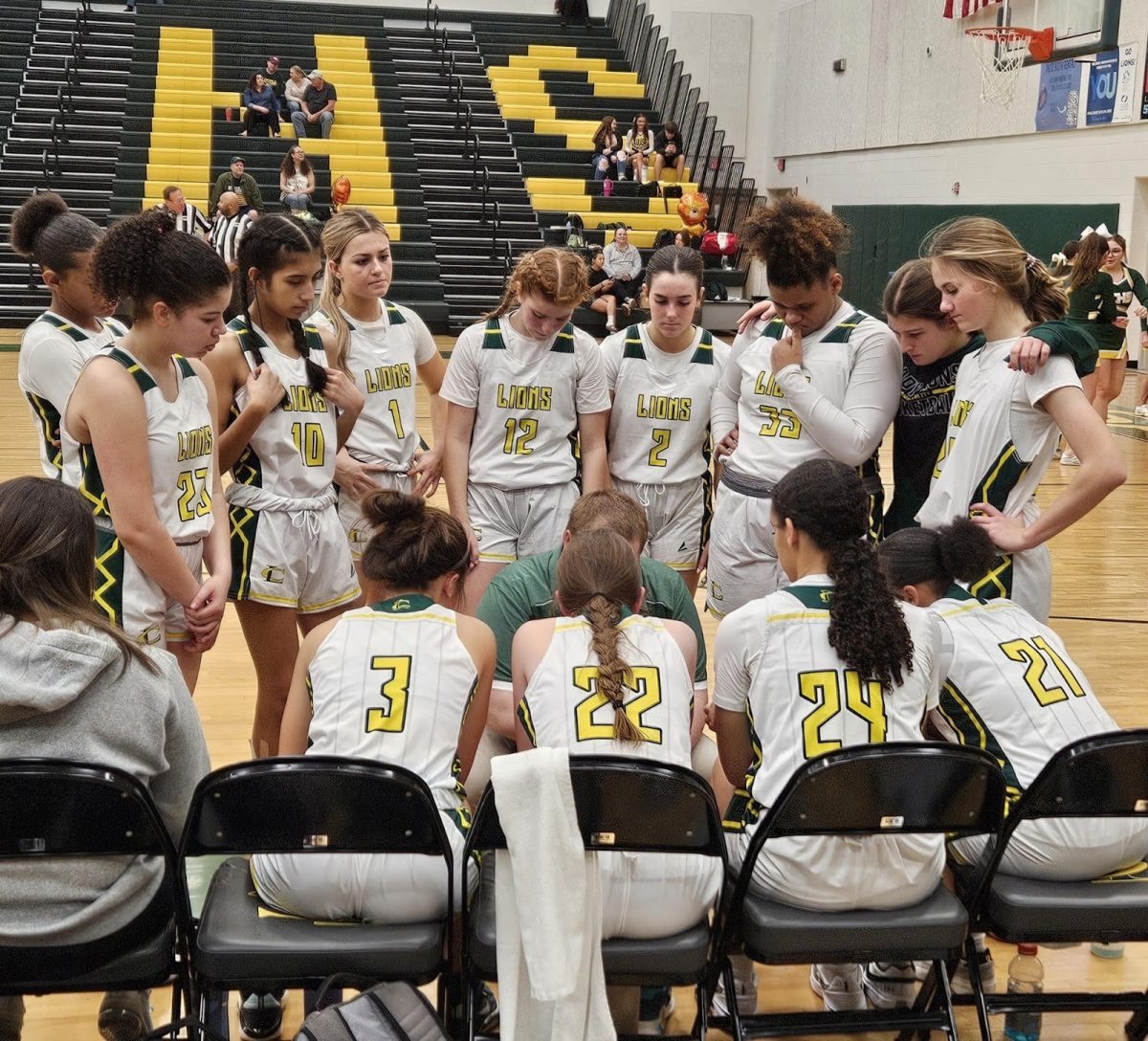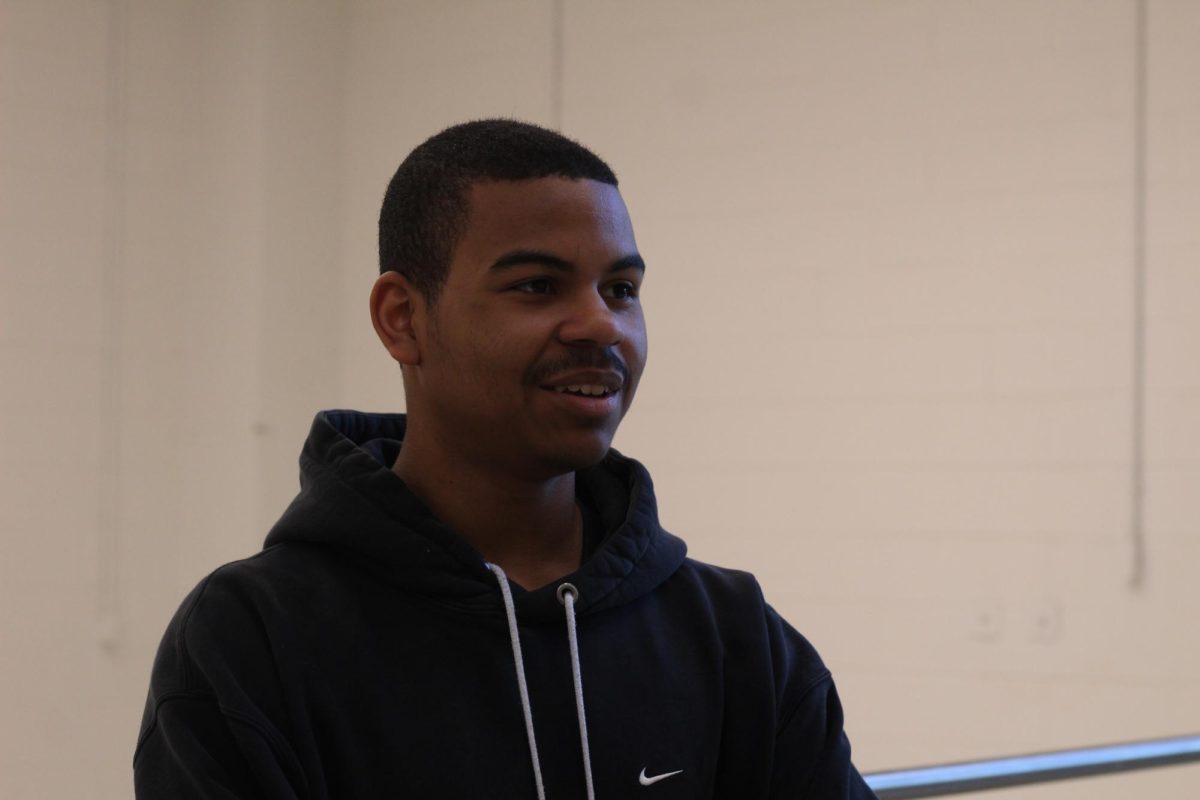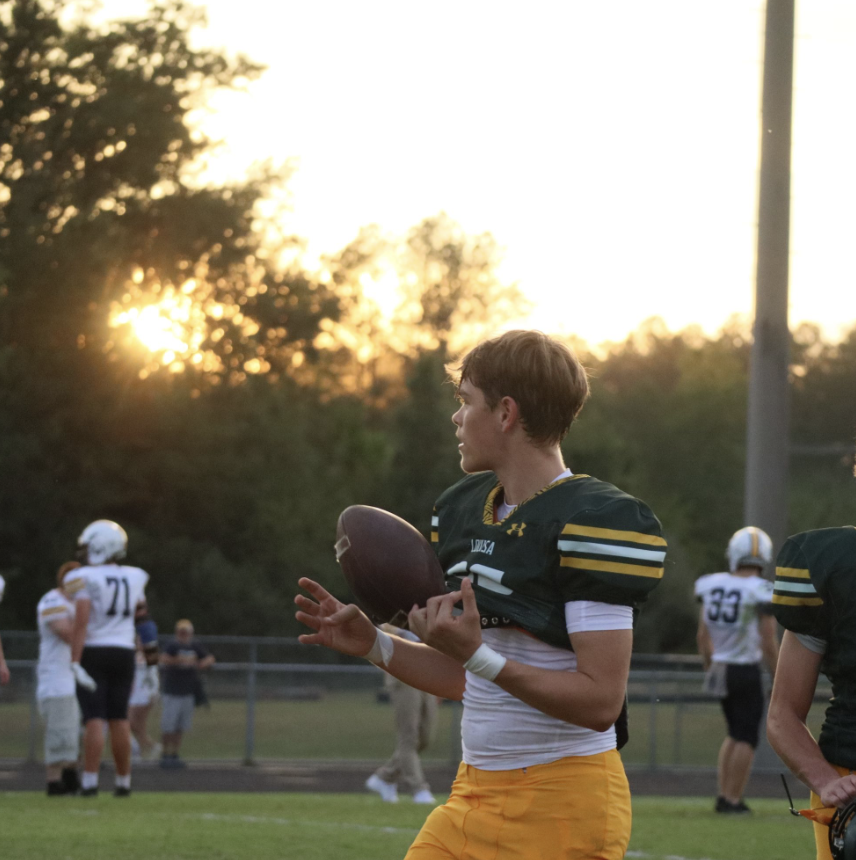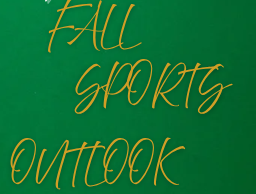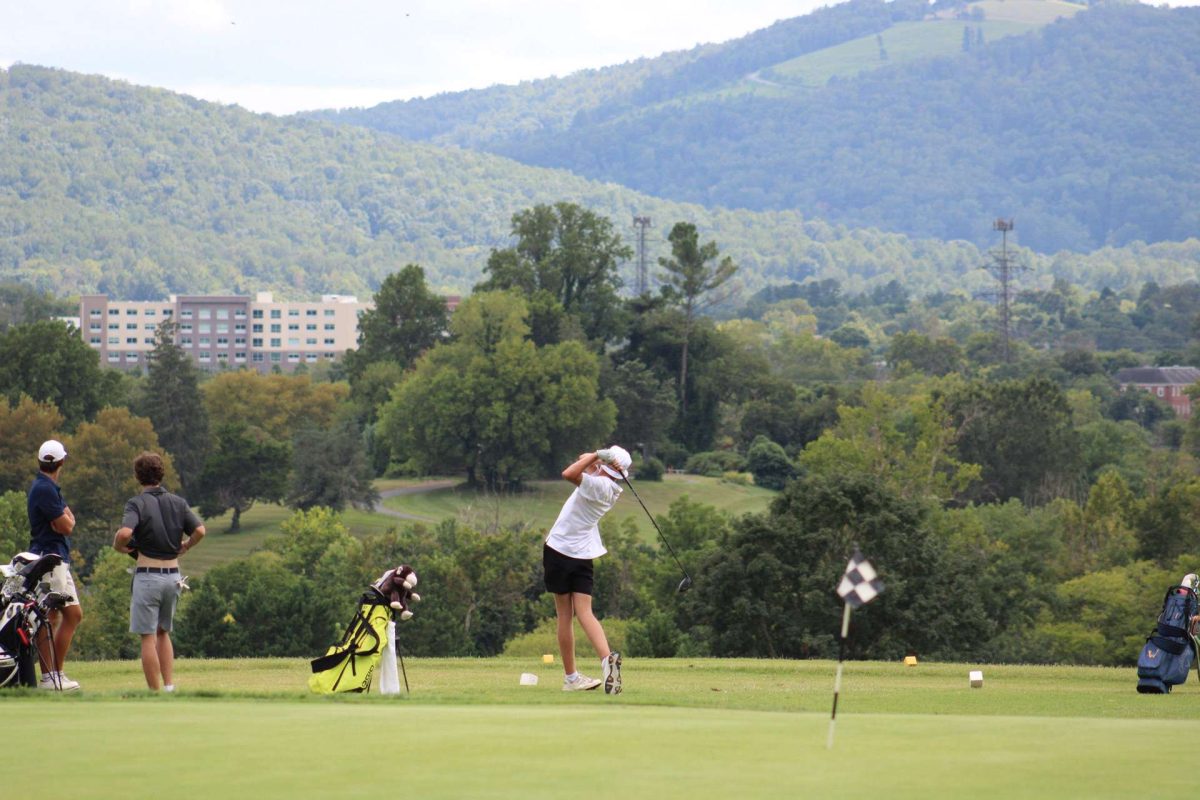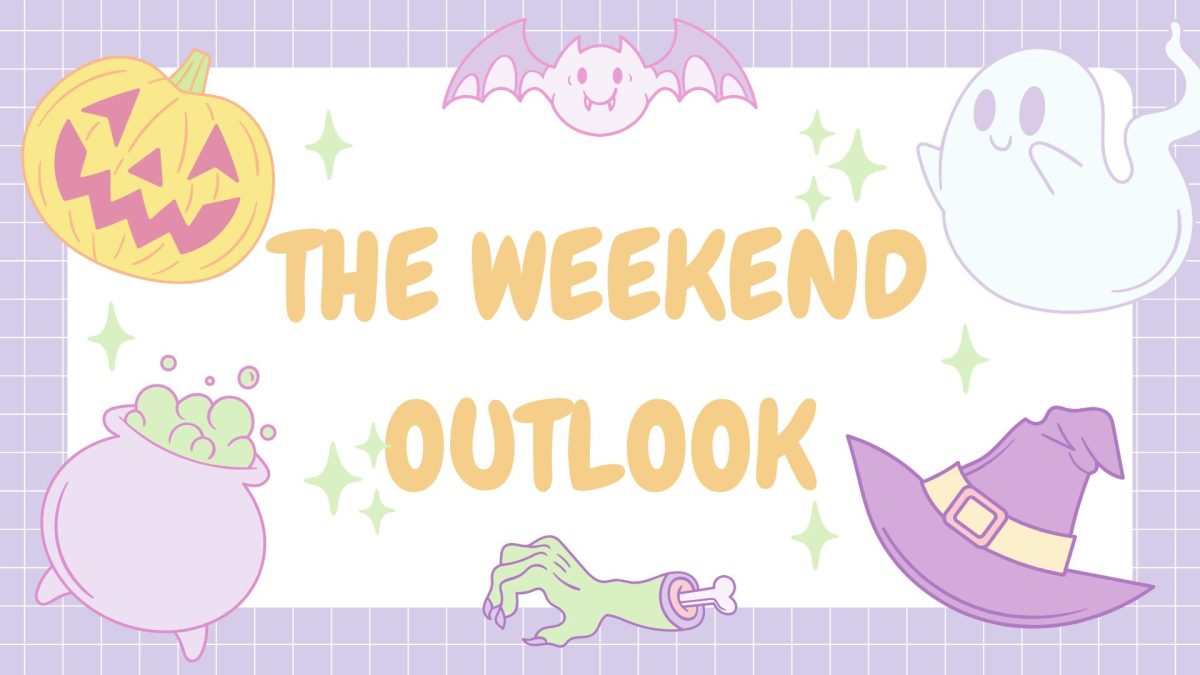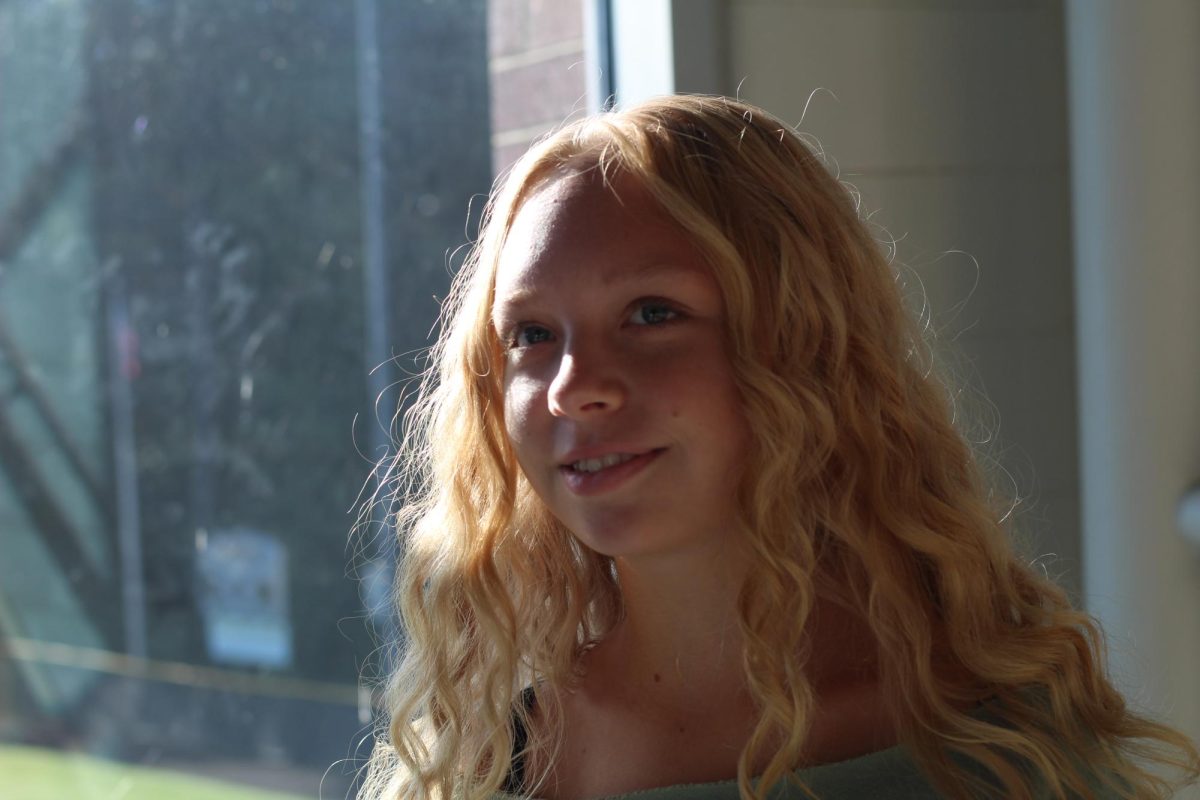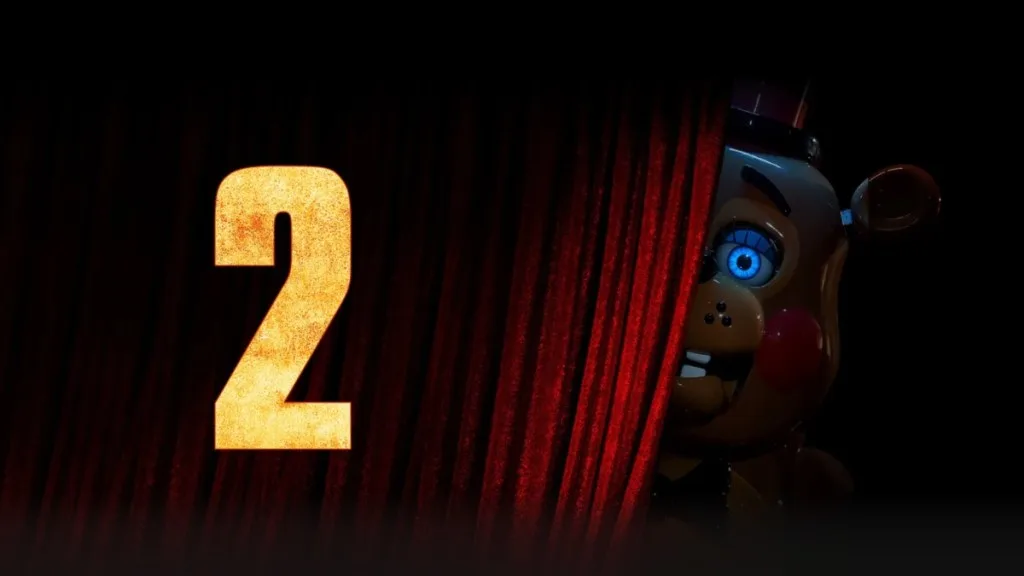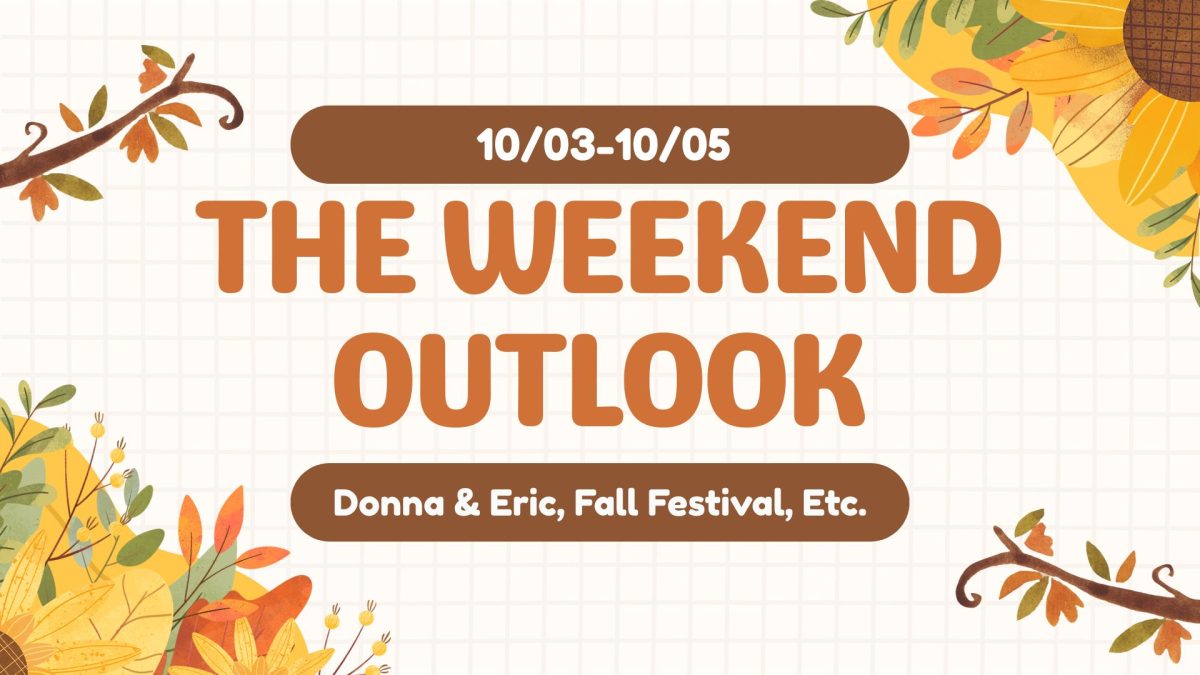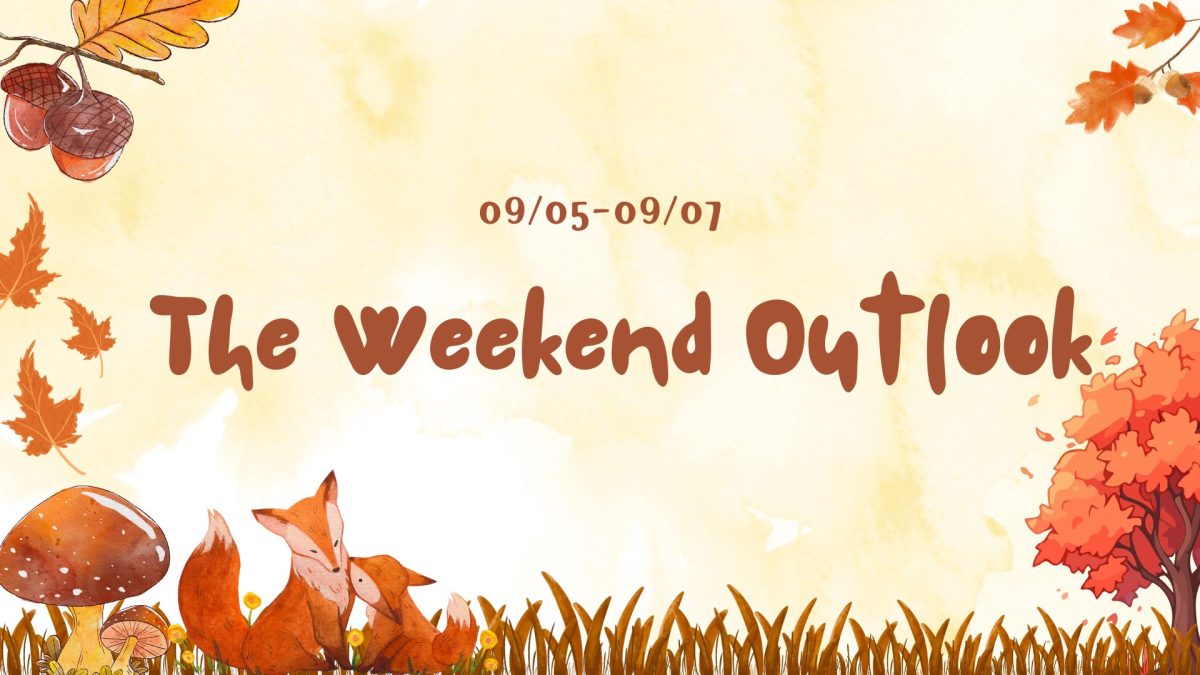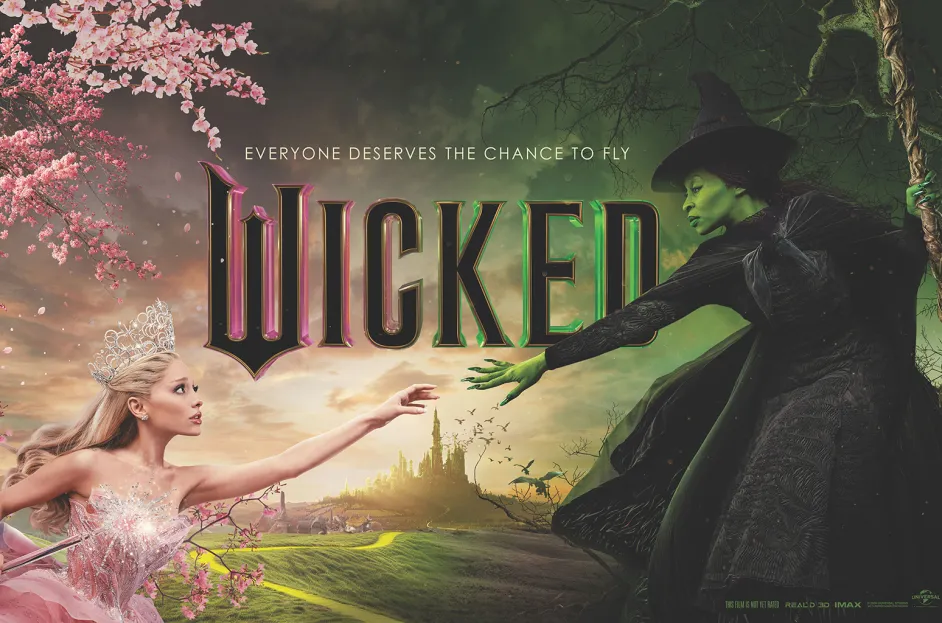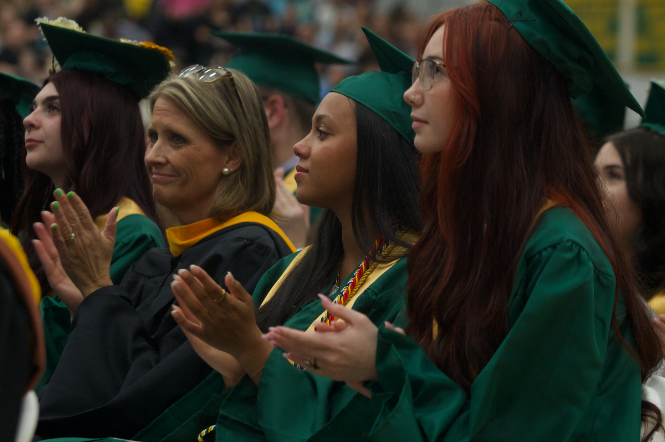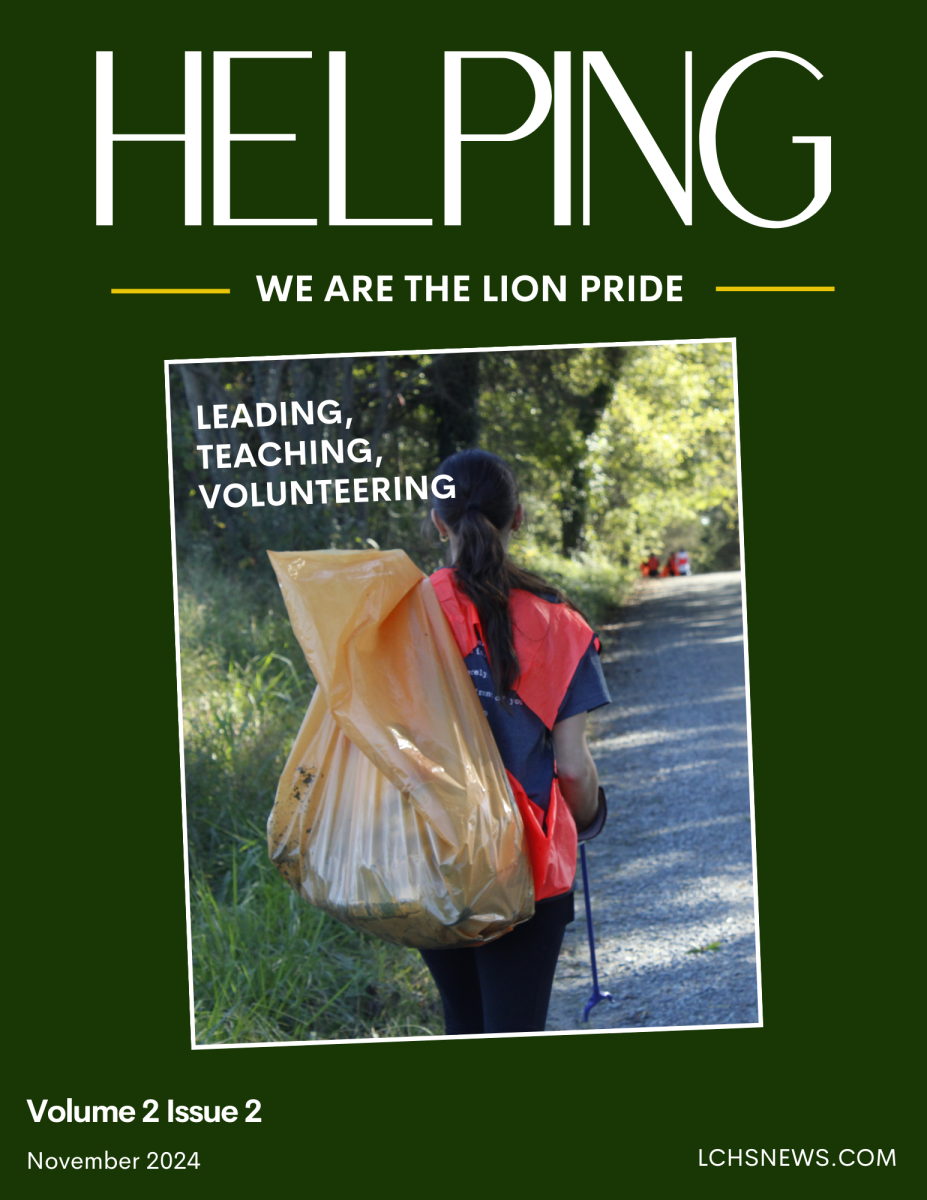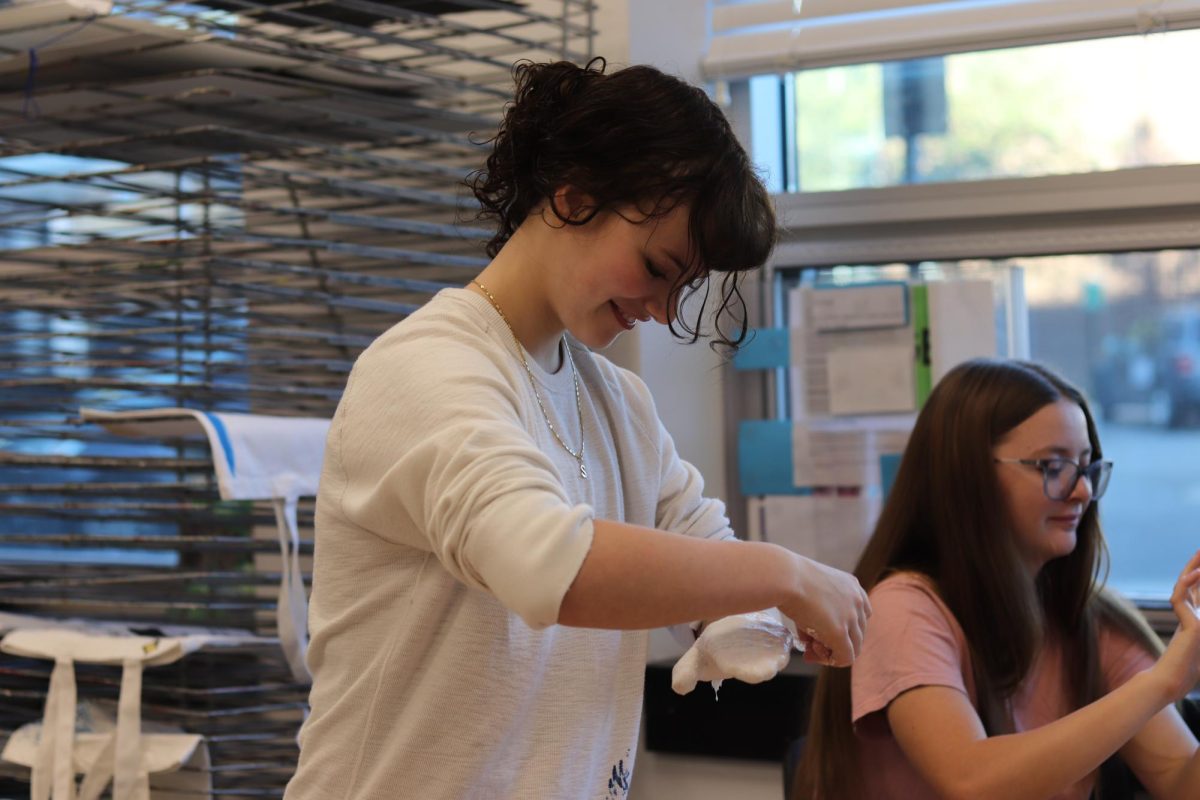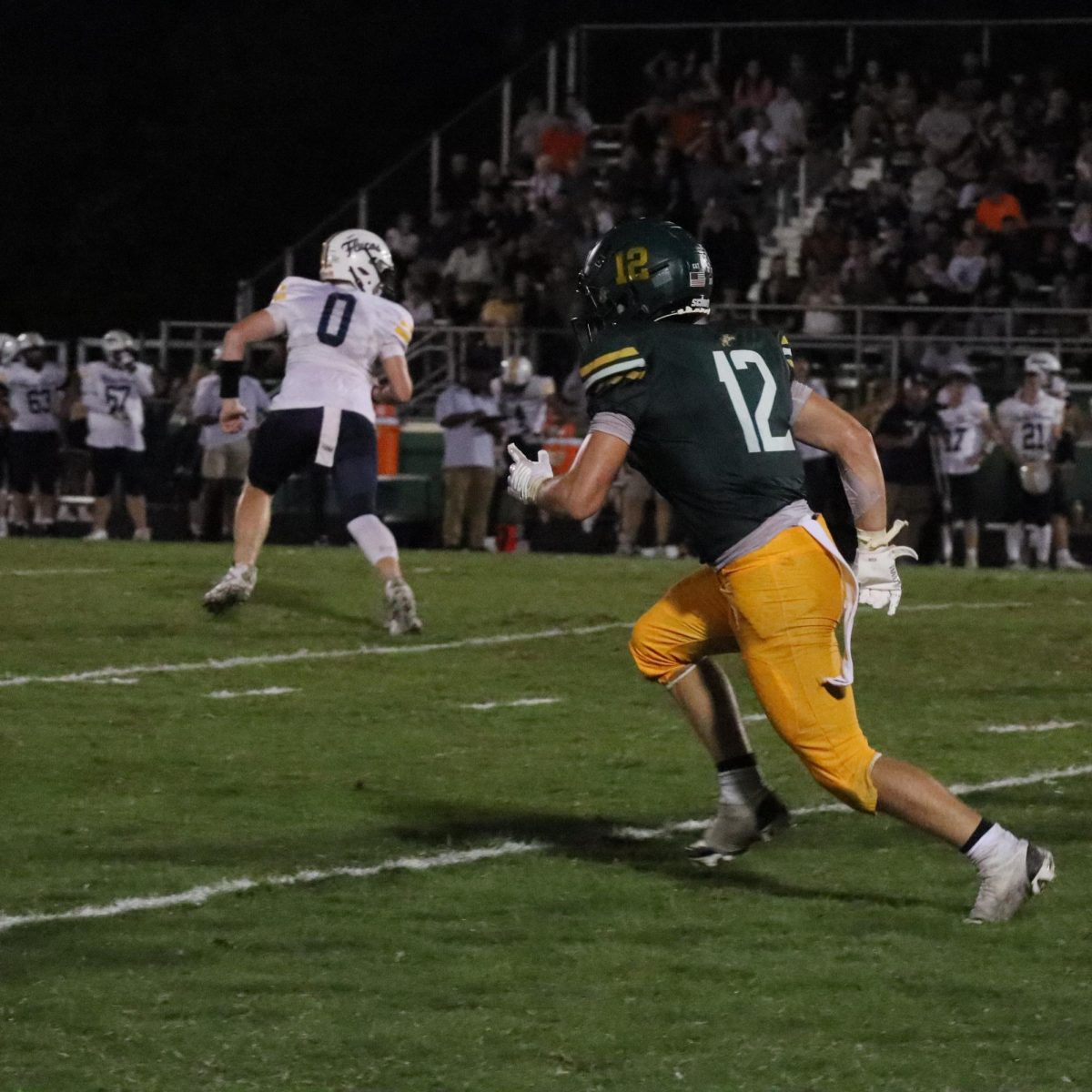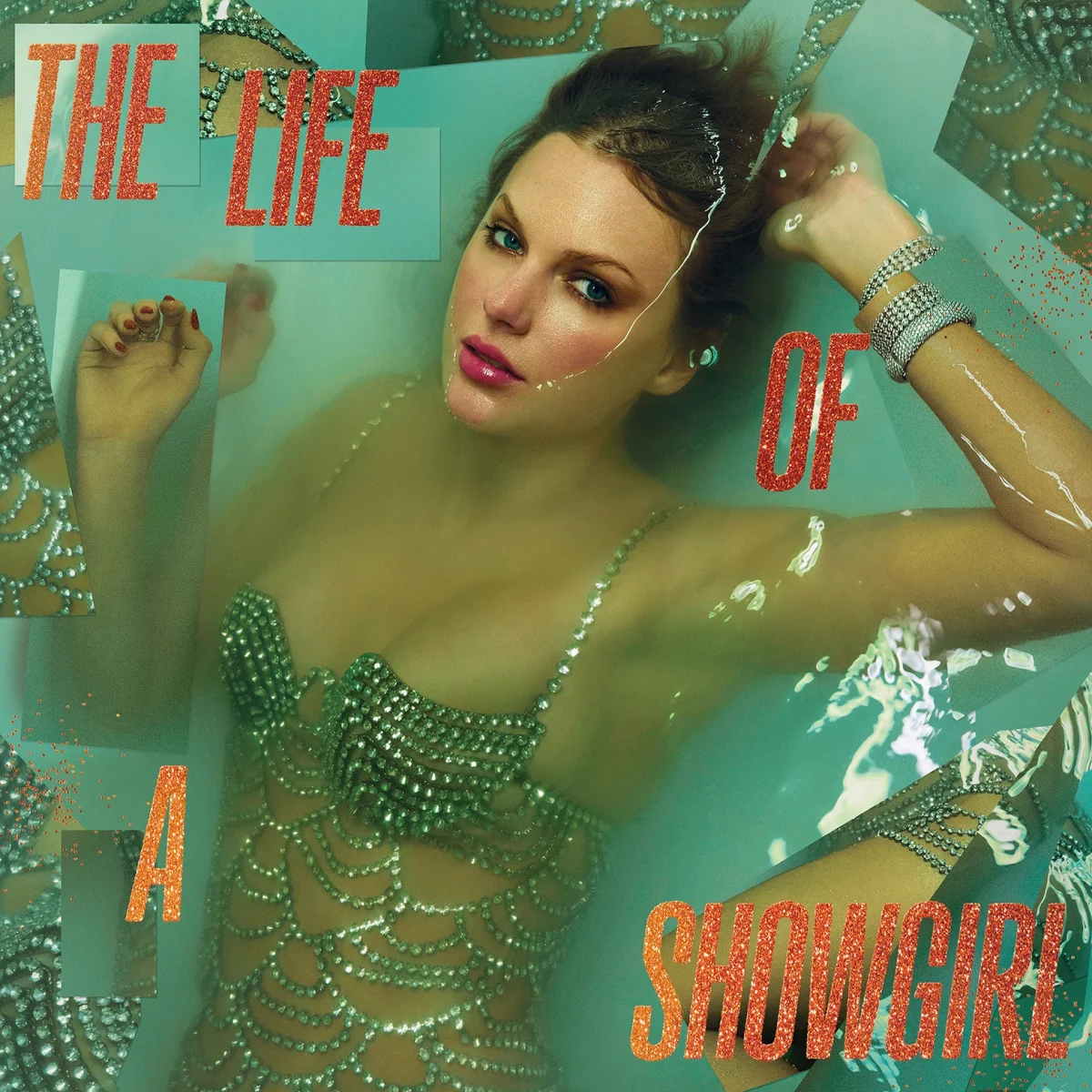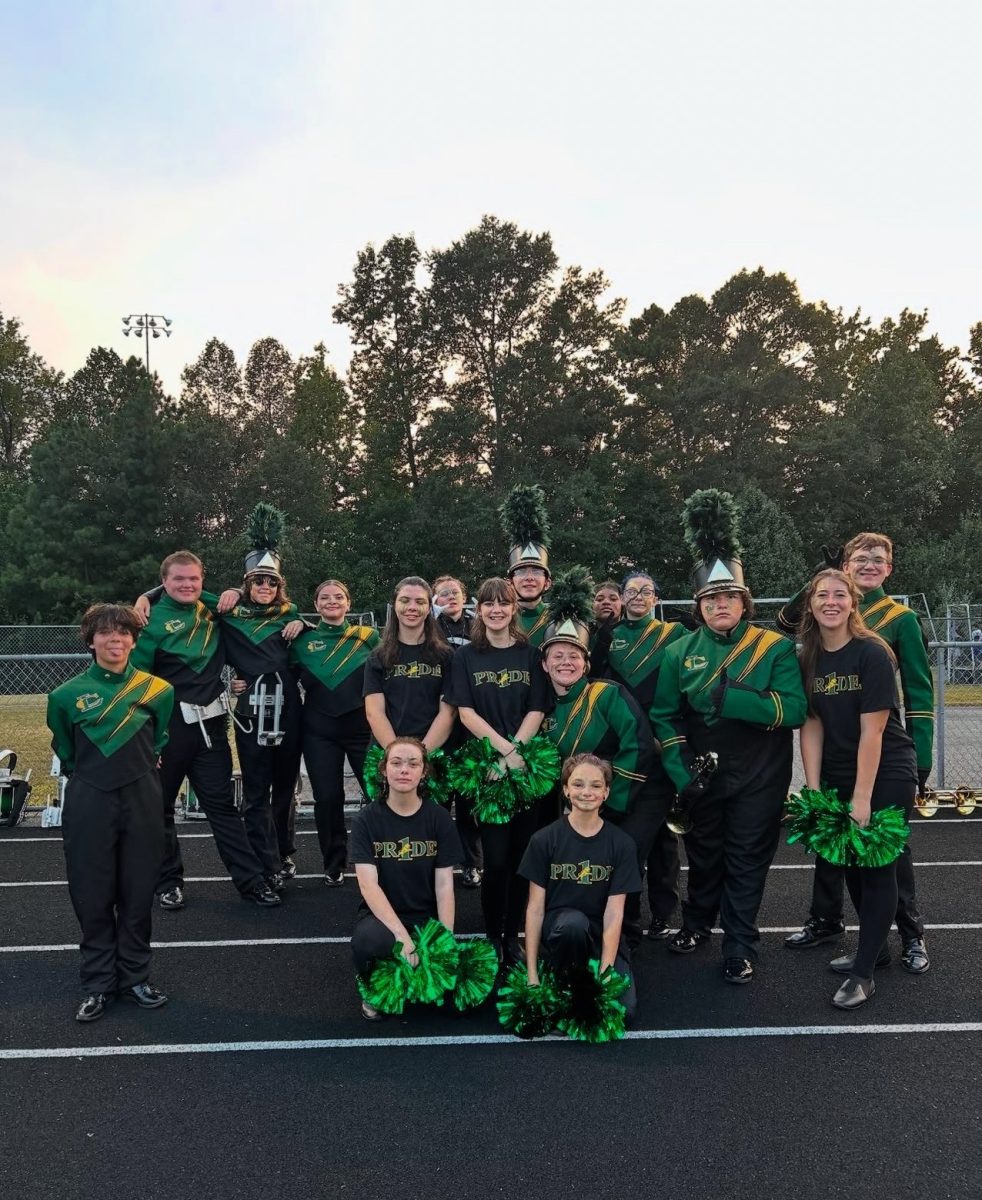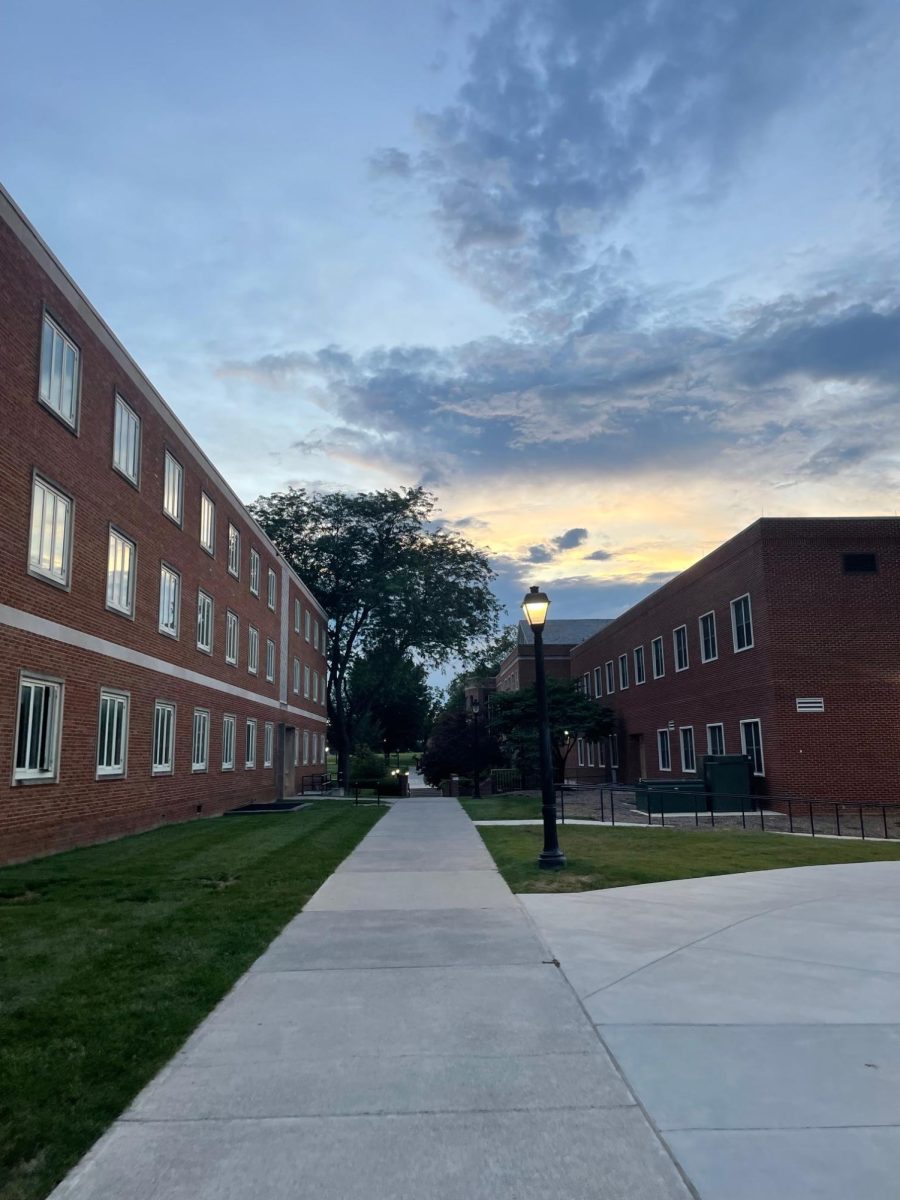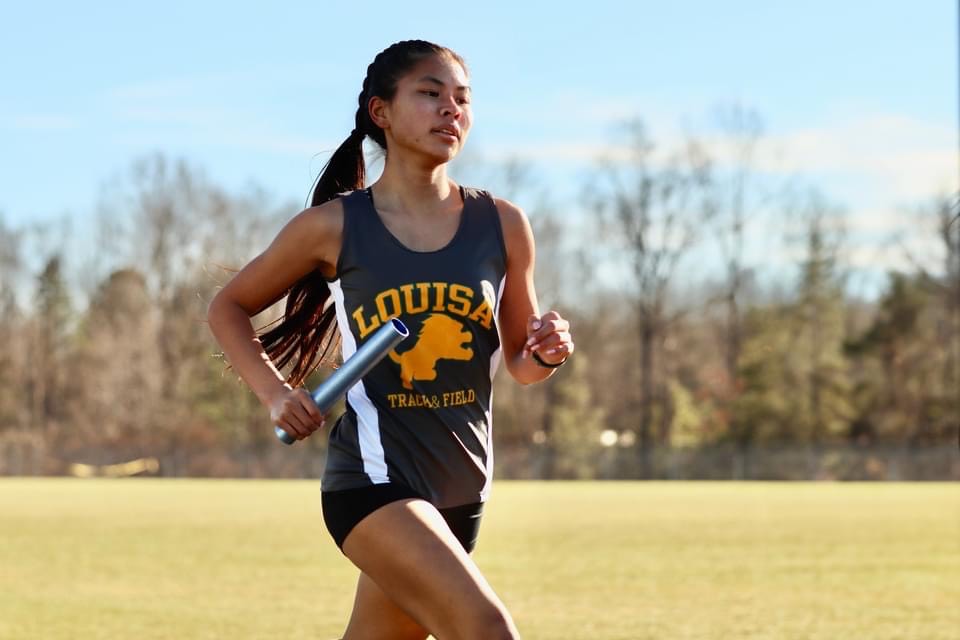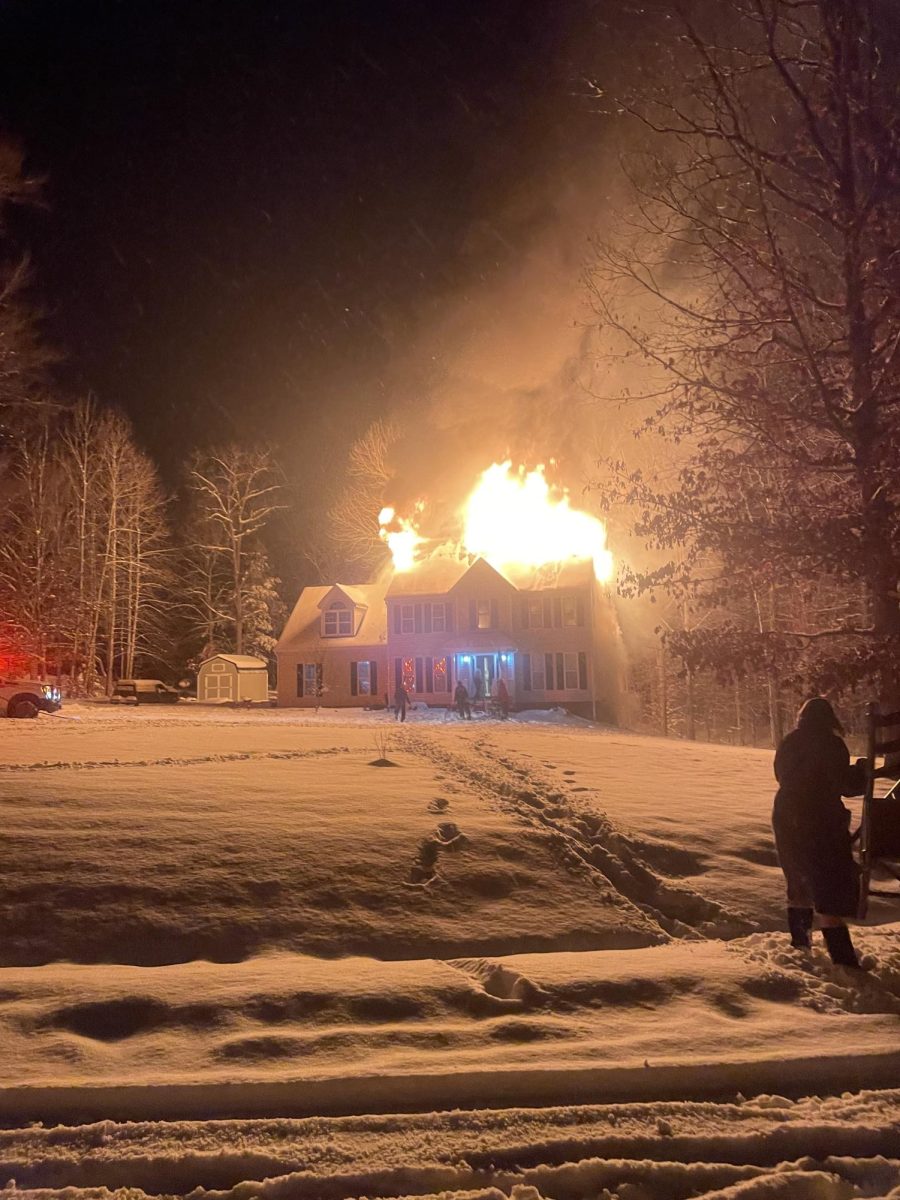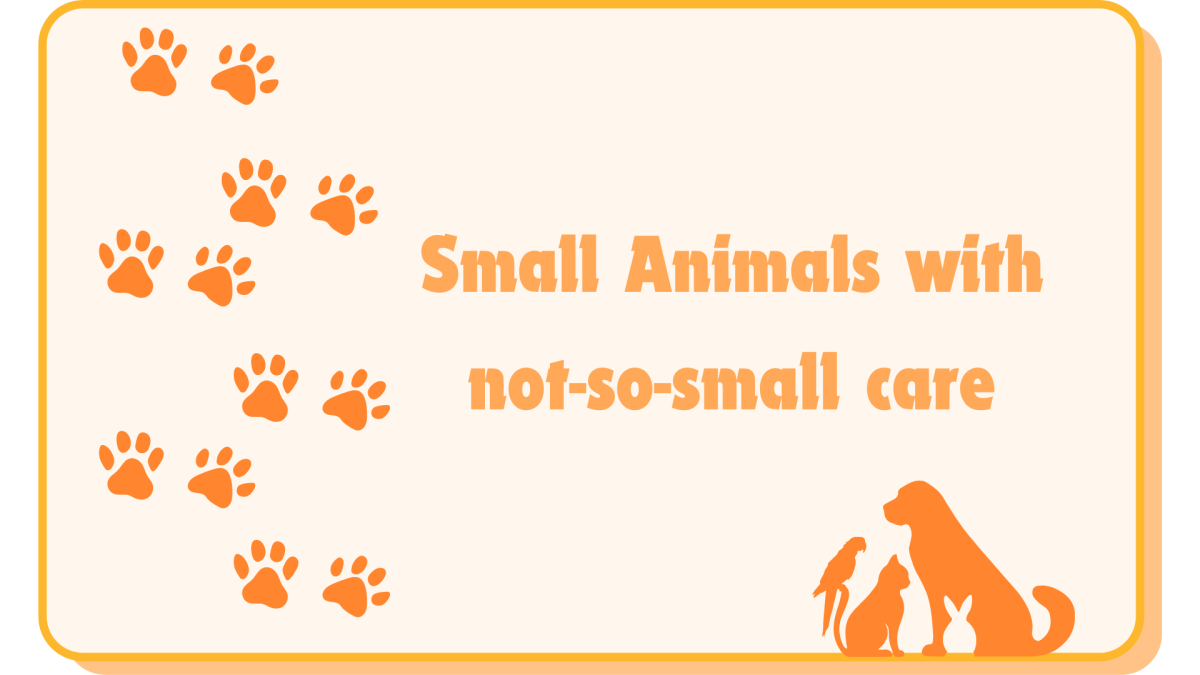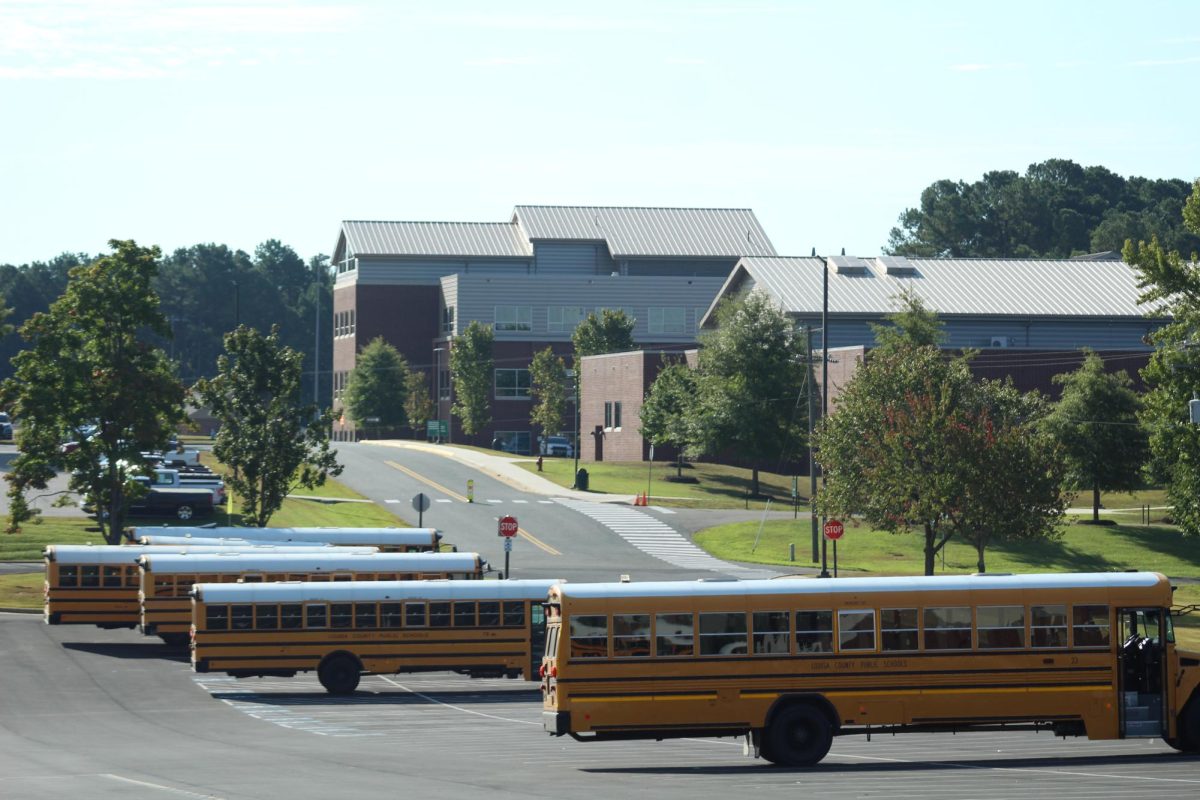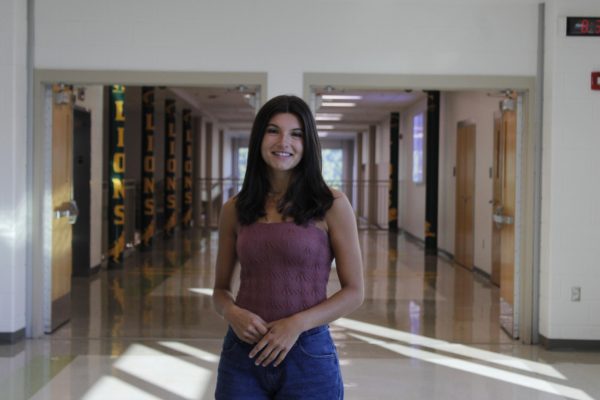Owning a fluffy or scaly companion is a big commitment as they require food, care and attention. These requirements seem to be common sense, but the focal requirement reveals the sometimes missing knowledge behind animal management/health and issues. The Career and Technical Education (CTE) small animal care class teaches students the importance of caring for these small animals.
As of 2021, around 70% of the US population has owned a pet in their household. Due to COVID and other factors, the influx of pet owners has overwhelmed the veterinary industry. This increased the importance of knowledge for caring for small animals.
“There are more people with pets than ever right now,” small animal care teacher Mackenah Roberts said. “There’s a lot
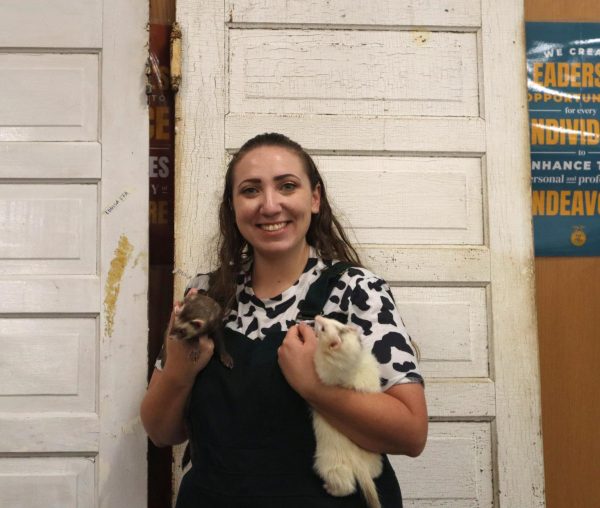
of economic disadvantages right now for a lot of people, and we tend to find that during those times in the country, the number of strays goes up, and the instances of spay and neuter go down. So kind of adds to the other problems. People can’t always afford to care for their pets, so we tend to see more severe health issues coming into the veterinary industry.”
Small animal care contributes to bettering the health of these animals and caring for those in need and sickness. These students are taught how to tend to animals under basic and severe conditions.
“Because of her classes, I’m able to cut nails, give medication, and just identify a problem when I need with the animals,” junior and FFA member Lily Hix said.
The class encourages students to join clubs like Future Farmers of America (FFA) and Supervised Agricultural Experience (SAE) so they can experience in-person animal-related situations. Skills taught can be used to help both the students’ personal pets and the community.
“I’m taking Small Animal Care because I’m in FFA and I’m interested in agriculture,” junior Michael Chase Preddy said. “I like the CTE career development events in FFA, you go to Virginia Tech and you compete in courses and tests and
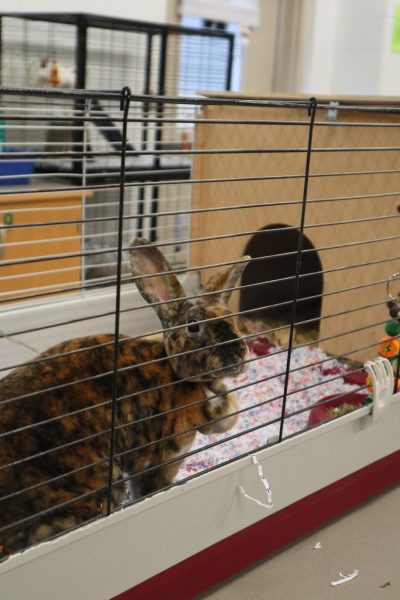
stuff like that related to your classes.”
Not only does this class fulfill educational requirements, but it also helps and prepares students who are or want to be future pet owners.
“I do plan to take more of the classes and on having pets later on, I just probably won’t use it career-wise,” Savannah Edwards said. “I learned to better take care of the smaller animals, like cats, dogs, ferrets, rabbits, stuff like that, and making sure I’m actually taking care of them with the proper equipment and knowing the difference between what certain animals need versus others.”
Students using this class to further their careers can earn their certification to become veterinary assistants if they take Veterinary Science 1 and 2. These classes help students to advance more quickly in the veterinary field.
“That certification shows that they have the foundational skills needed to do that, and with just a little bit of training, they’ll be able to pick up on things quickly. So it really could help
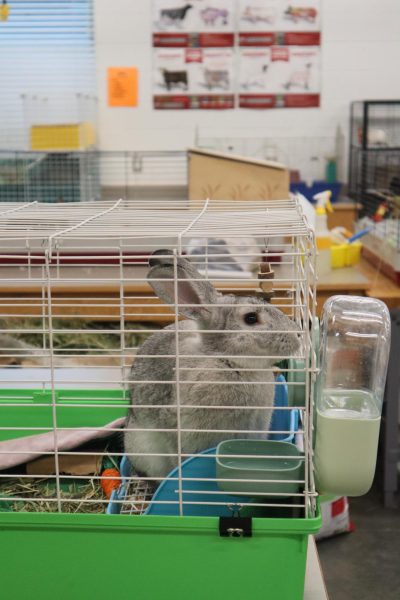
them,” Roberts said.
This class opens a window of possibilities for students to learn about these small companions, and to care for them in
the best possible ways. It will improve these animals’ lives thus creating a better quality of life for them. Understanding these creatures, with the help of this class will allow students to recognize the animals’ illnesses and struggles.
“The class really focuses on some of the current issues and things that the general public might not know and trends that we’re seeing that have an effect on both the small animal care industries and veterinary science,” Roberts said.

